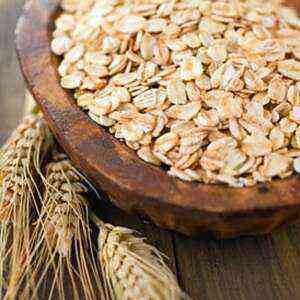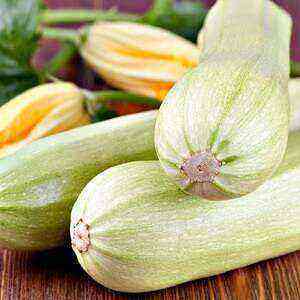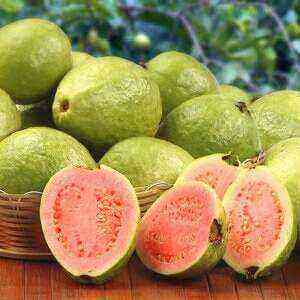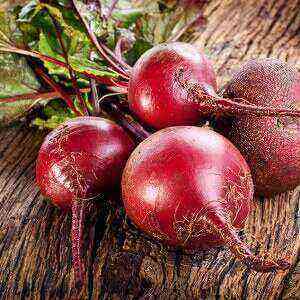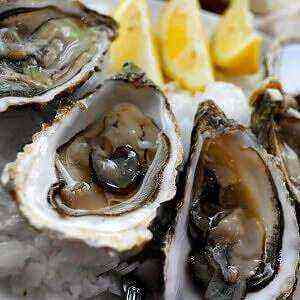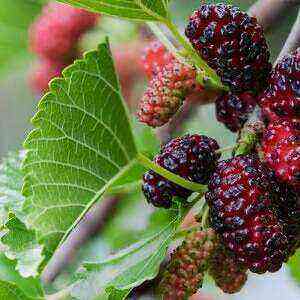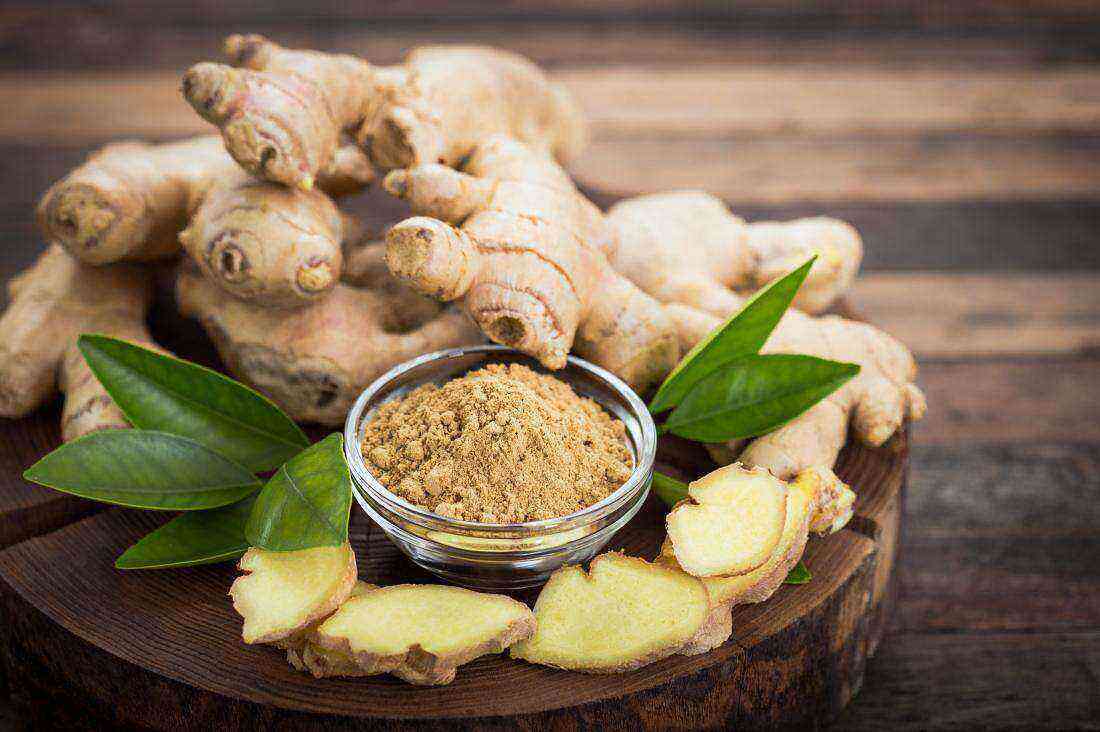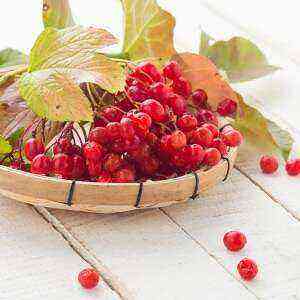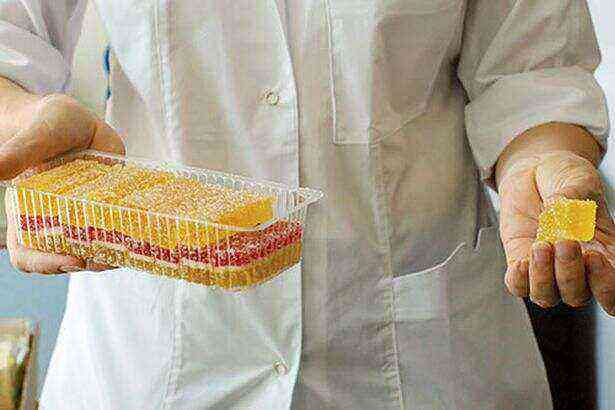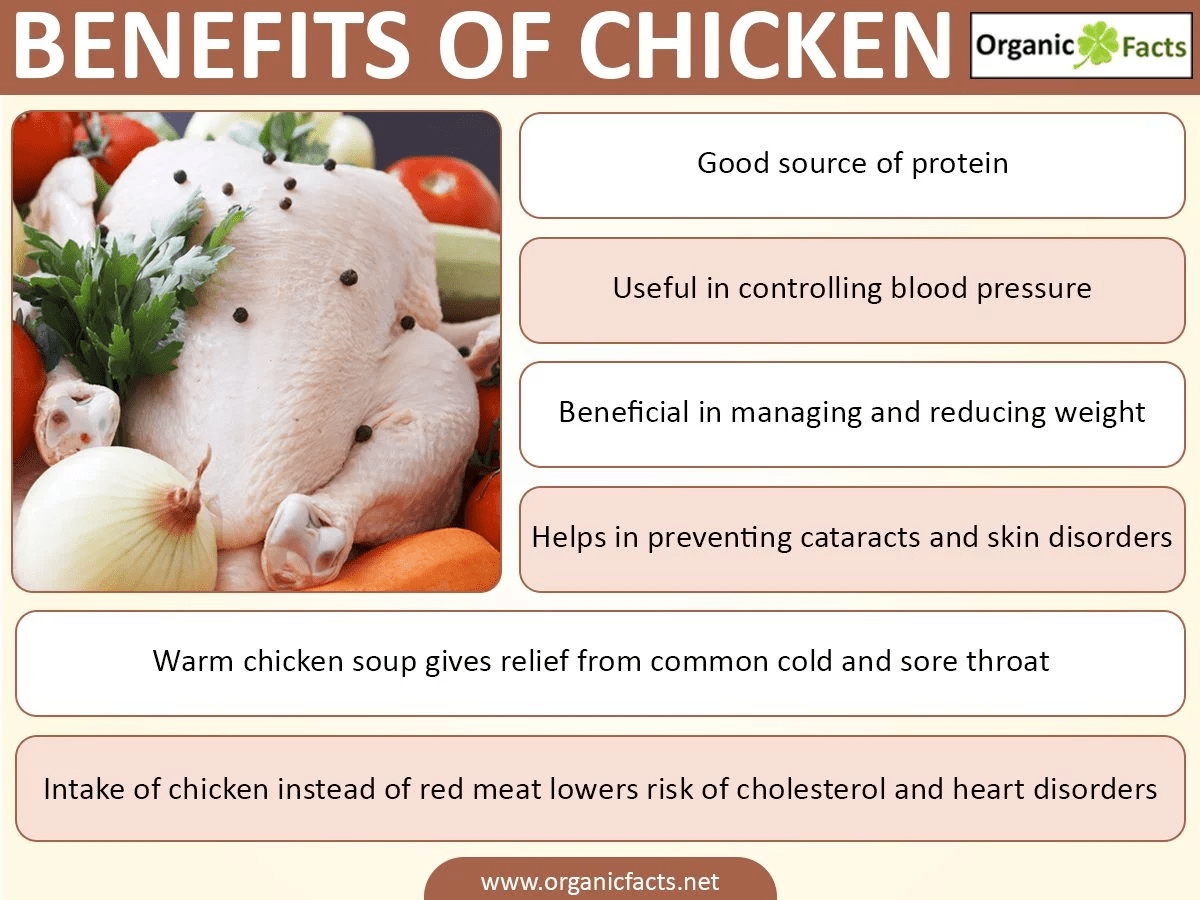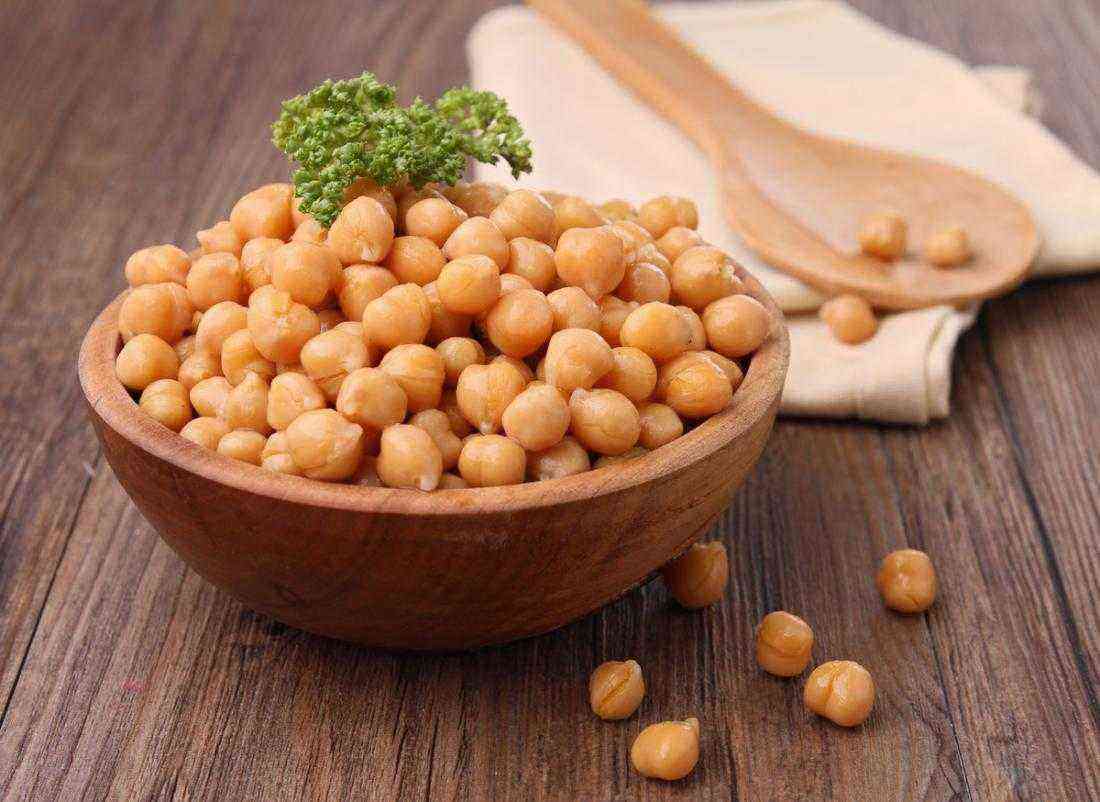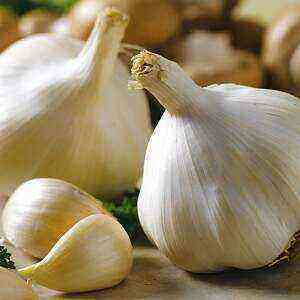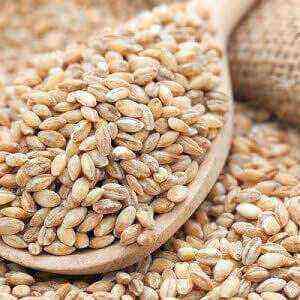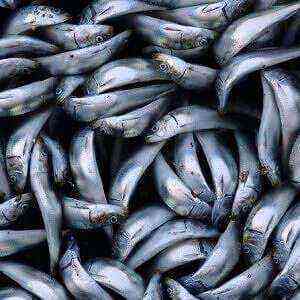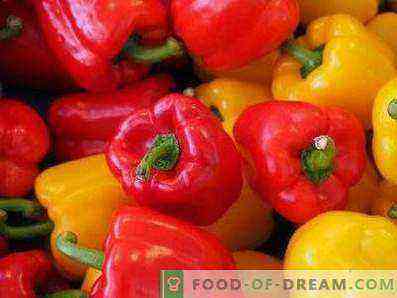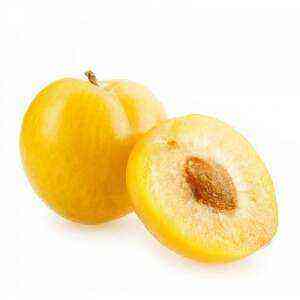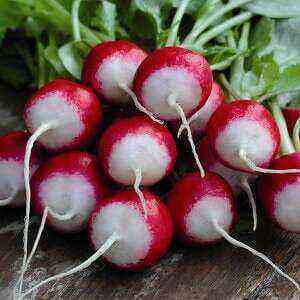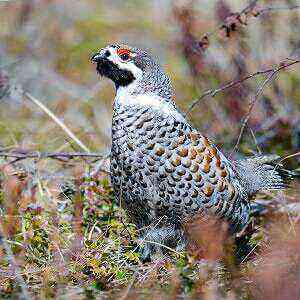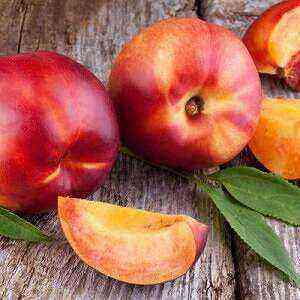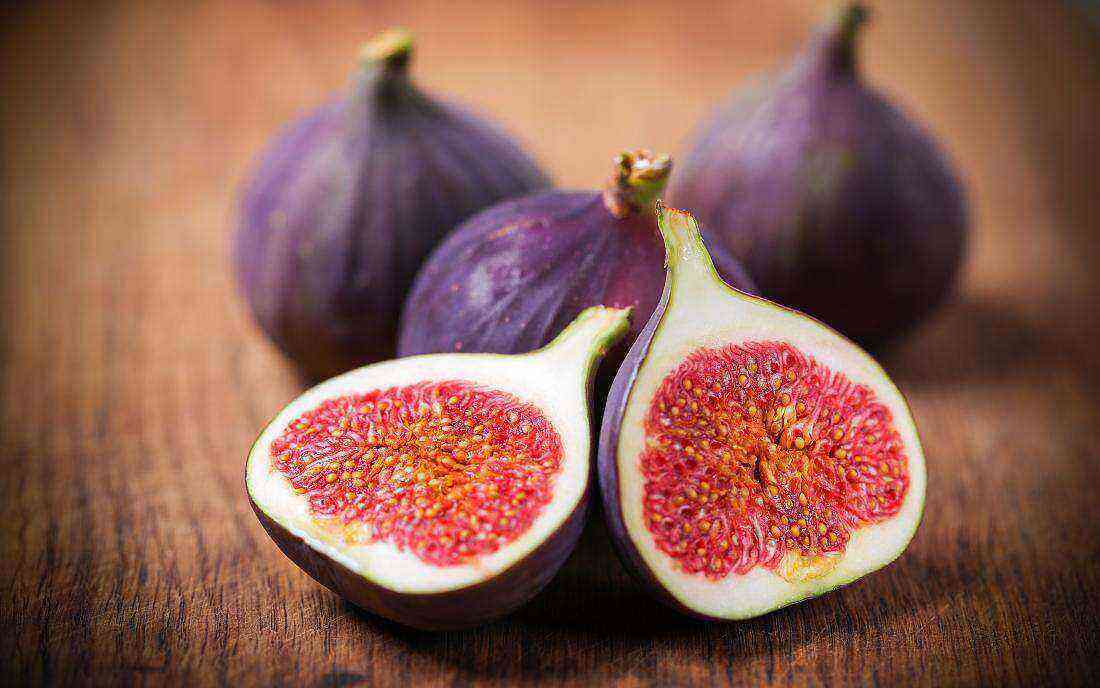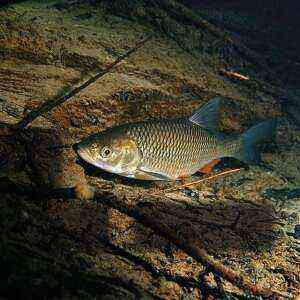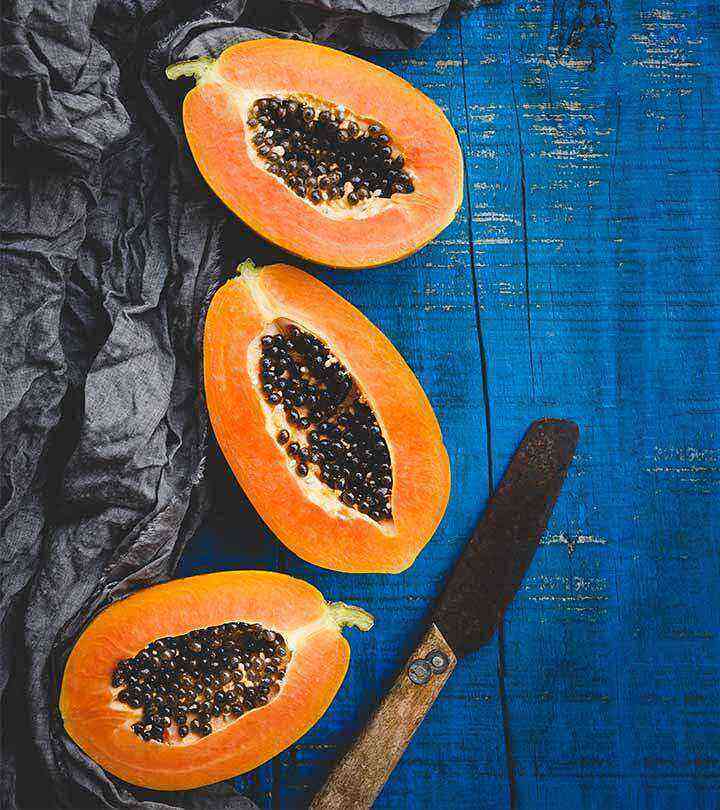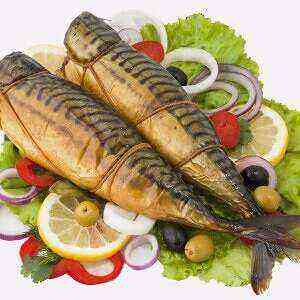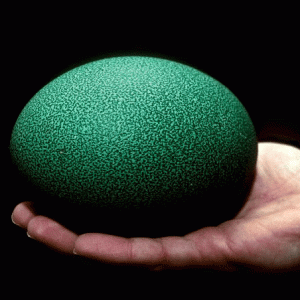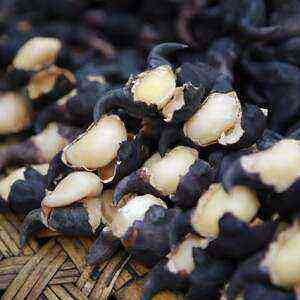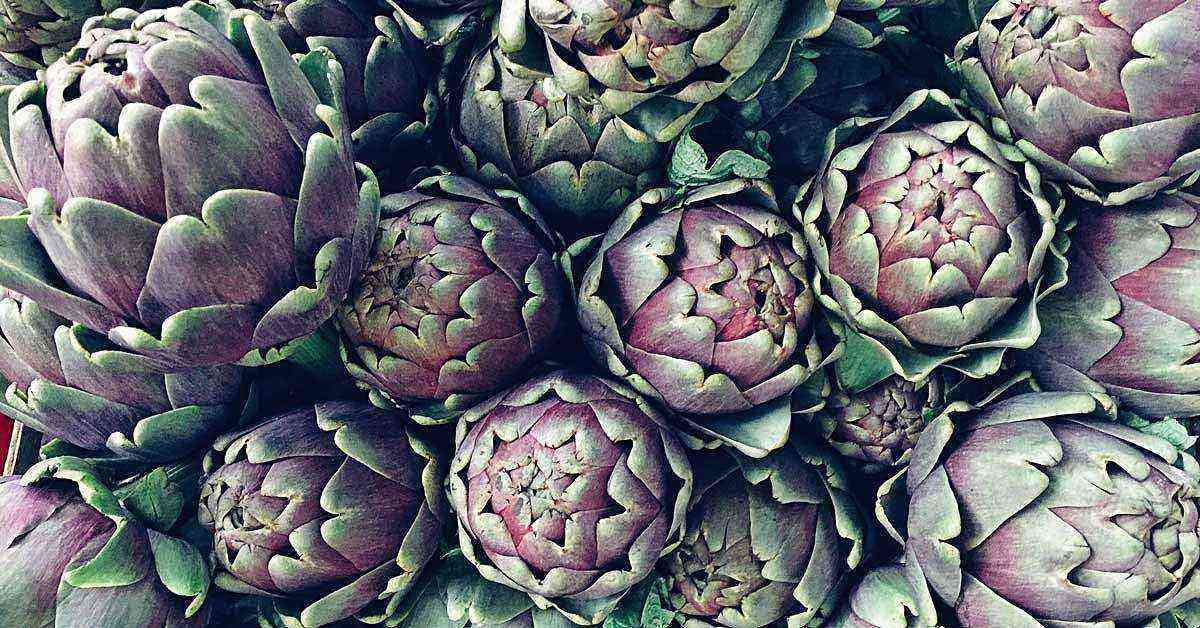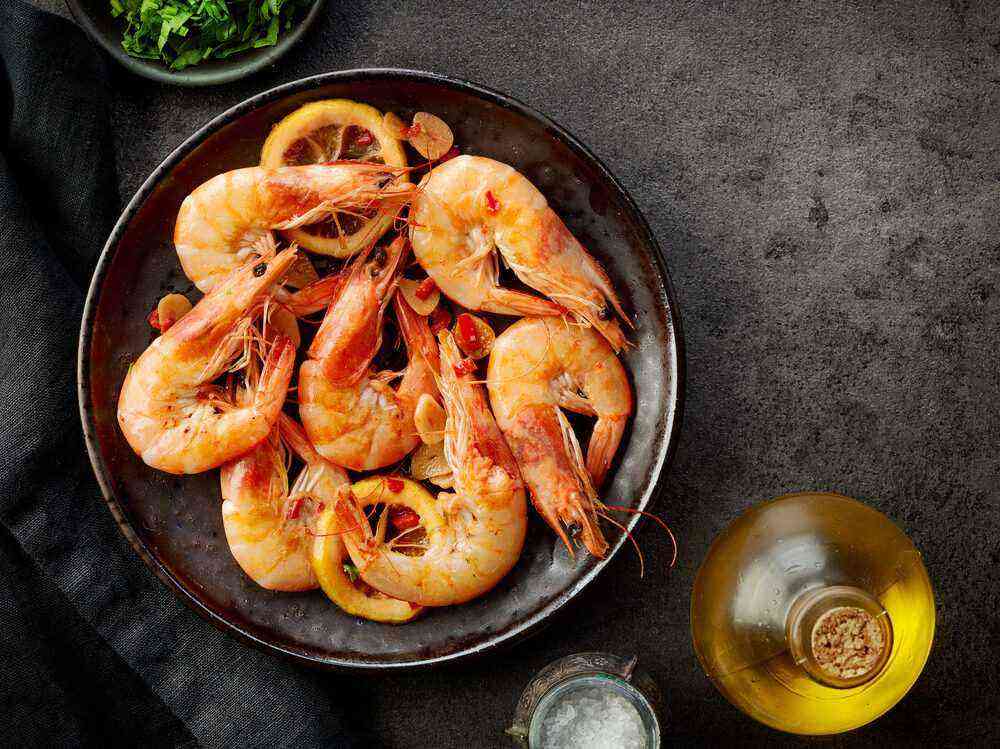
Depending on the ripening period, the following varieties are distinguished:
- early (105-120 days): English, Ulm, Vienna greenhouse;
- medium (120-135 days): tasmania, chrome, sphere;
- late (from 140 days): large vertus, blumen yellow, marceline.
It is interesting that in the homeland of vegetable culture, in Italy, every year they organize a celebration dedicated to cabbage. This tradition is dedicated to the celebration of the harvest and is held in January. At the celebration, everyone can try Savoy cabbage dishes. It is noteworthy that in the Czech Republic and Slovakia it is called French and is used for the preparation of cutlets.
Chemical composition
Savoy cabbage contains 2 times more easily digestible protein and ¼ less dietary fiber than white cabbage. It is more nutritious, more delicate in taste and without hard veins on the leaves.
The energy ratio B: W: Y corresponds to 17%: 3%: 85%.
It contains a powerful natural antioxidant – glutathione, which helps rejuvenate the body and protects immune cells. In addition, it is the only representative of cabbage containing a sugar substitute (mannitol alcohol), which is approved for use by diabetics.
Nutrition Facts of Savoy Cabbage
Components
Content in 100 grams of product, grams
Вода
91,0
Углеводы
6,1
Клетчатка
3,1
Моно- и дисахариды
2,27
Белки
2,0
Заменимые аминокислоты
1,316
Зола
0,8
Незаменимые аминокислоты
0,711
Жиры
0,1
Омега-9
0,07
Омега-3
0,028
Омега-6
0,021
Насыщенные жирные кислоты
0,013
The chemical composition of savoy cabbage
Name
Nutrient content in 100 grams of product, milligrams
Vitamins
Ascorbic acid (C) 31,0 Choline (B4) 12,3 Beta-carotene (A) 0,6 Niacin (B3) 0,3 Pyridoxine (B6) 0,19 Pantothenic acid (B5) 0,187 Tocopherol (E) 0,17, 9 Folic acid (B0,08) 1 Thiamine (B0,07) 0,07 Phylloquinone (K) 2 Riboflavin (B0,03) XNUMX
Macronutrients
Калий
230
Фосфор
42
Кальций
35
Магний
28
Натрий
28
Trace Elements
Железо
0,4
Цинк
0,27
Марганец
0,18
Медь
0,062
Селен
0,0009
To preserve nutrients, the vegetable is recommended to be eaten raw. Long-term heat treatment (longer than 20 minutes) contributes to the destruction of nutrients, loss of product structure. As a result, the nutritional value of cabbage is reduced. In addition, it becomes soft, loses taste and spreads.
What is the use?

Vegetable Benefits:
- Reduces the growth of female hormones that cause the formation of tumors of a malignant nature of the mammary gland and genitals, neutralizes the effect of carcinogens and poisons (due to the content of ascorbigen).
- Supports the nervous system, prolongs the youth of the body (natural antioxidants).
- Strengthens the immune system, prevents the development of skin diseases, removes bad cholesterol, increases the body’s stamina (vitamin C).
- Protects against the development of atherosclerosis, neurological diseases, coronary disease (polyphenols).
- Improves coagulability, blood composition, promotes wound healing, increases the strength of teeth, bones (vitamin K).
- It inhibits the breakdown of carbohydrates, stimulates the burning of subcutaneous fat, which prevents obesity (tartronic acid).
- It normalizes the intestines, relieves constipation, removes toxins and toxins (dietary fiber).
- Returns appetite.
- Accelerates the development of children.
- It has diuretic properties.
- Restores vision.
Savoy cabbage make nourishing masks for any skin type. They saturate dehydrated dermis with moisture, refresh and tone, lighten freckles, age spots, eliminate greasy shine from the wings of the nose, chin, and improve face tone. In addition, vegetable juice is used to strengthen hair, natural shine and stimulate their growth.
Harm
The representative of cruciferous does not contain carcinogens and GMOs. The amount of carbohydrates and saturated fats in it is minimal. When the product is abused, it causes increased gas formation, exacerbates the course of gastrointestinal diseases.
Savoy cabbage is contraindicated with a tendency to heartburn, flatulence, gastritis, pancreatitis, and gastric ulcer. Fresh vegetables are recommended to be excluded from the diet of pregnant women, babies up to 7 months old, and patients who have undergone surgical intervention in the chest and abdominal cavities.
Cooking application
Savoy cabbage is very popular in European cuisine: in France it is used to make a pie or fish terrine, in the Netherlands it is a stampot, in Switzerland it is a pallet with mascarpone, and Hungary is a salad. The vegetable has an exquisite taste, due to which it can be used in dried, fresh, boiled, stewed, stuffed, fried, pickled form.
Savoy cabbage is used to prepare casseroles, schnitzels, lasagna, soups, borscht, omelettes, zrazy, salads, solyanka, cabbage rolls, fillings for rolls, dumplings and pies.
It is served as a side dish for meat dishes, combined with vegetables and rice. Before stewing, the leaves of the vegetable are sprinkled with vinegar, hot – blanched.
Spices, seasonings, herbs emphasizing the taste of cabbage:
Savoy cabbage can be put in any dish instead of white cabbage, however, it is not suitable for fermentation. Interestingly, the vegetable can withstand temperature drops to minus 8 degrees, it is stored for a long time. Therefore, it can be kept for a long time in the beds just covered with snow.
To prepare culinary masterpieces, it is recommended to buy a cabbage stalk with fresh top leaves, without spots and damage. They should not be dry, as this indicates that the vegetable for a long time lay on the shelves of the store. So, inside such leaves have lost more than 50% moisture. It is preferable that the stalk is white, without rough veins of brown color and black blotches.
For cooking lasagna, cabbage rolls and stewing vegetables, choose larger heads, and for cold snacks, salads – smaller ones (up to 0,5 kg).
Cook at home
Recipe number 1 “Vegetarian cabbage rolls”
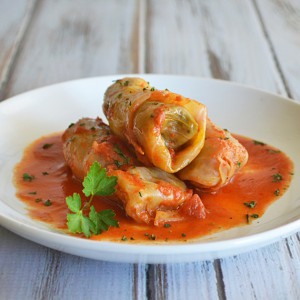
- zucchini – 2 pcs;
- Savoy cabbage – 1 pc;
- tomatoes – 3 pcs;
- olive oil – 40 ml;
- round-grain rice – 100 g;
- Sweet pepper – 2 pcs;
- soy sauce – 20 ml;
- salt pepper.
Sequence of preparation
- Rinse, boil rice.
- Chop zucchini and bell pepper, fry in oil, add chopped tomatoes. Salt, pepper vegetables. Quench for a quarter of an hour until cooked.
- Add soy sauce, boiled rice, mix.
- Disassemble the cabbage into leaves, boil until half ready in salted water. Fold in a colander, cut off the solid parts.
- Put the vegetables in the base of the sheet, gently wrap the filling.
To improve the taste for cabbage rolls, it is recommended to prepare the following sauce:
- chop carrots, tomatoes and onions (1 pc each);
- fry vegetables, pour 10 ml of drinking water in 200 minutes;
- season with salt and pepper;
- simmer on low heat with cabbage rolls under the lid for half an hour.
Recipe number 2 “Kolkannon”

- green onions – 1 bunch;
- milk – 100 ml;
- potatoes – 1 kg;
- a mixture of green leafy vegetables (spinach, savoy cabbage, lettuce, chard) – 300 g;
- butter – 100 g;
- salt pepper.
Cooking principle
- Peel the potatoes, cut in half.
- Remove stiff stems from green leafy vegetables, chop finely.
- Boil the potatoes until soft for 30 minutes, mashed.
- Heat the green leaves in a pan with butter, salt. Cook for 7 minutes until softened, add in mashed potatoes.
You can add 100 g of chopped cheese to the dish.
Recipe number 3 “Soup with beans”

- raw smoked loin – 100 g;
- onions – 2 pcs;
- dry white beans – 100 g;
- turnip – 1 pc;
- Garlic – 2 cloves;
- cloves – 4 bud;
- carrots – 1 pieces;
- garni – 1 bouquet;
- Savoy cabbage – 0,5 head of cabbage;
- potatoes – 200 g;
- leek – 1 stalk;
- smoked chicken meat – 500 g;
- melted lard – 15 ml;
- string beans – 50 g;
- water – 1,5 l;
- salt pepper.
Process flow
- Wash and pour white beans with cold water, leave for 12-24 hours.
- Peel half the onion from the peel, stick a clove in it. Place the vegetable in a container with beans, add the loin, a bouquet of verge.
- Put the pan on the fire, when the water boils, remove the foam from the surface, cook for 45 minutes under the lid over medium heat, add salt.
- Remove the hard core from the leaves of cabbage, wash and gently cut into strips. Peel carrots, potatoes, turnips, garlic and red onion, chop into small pieces, and leek in half rings.
- Heat melted fat in a pan. Fry onion, garlic, turnips and carrots in it (for 7 minutes). Transfer vegetables to a cauldron with beans, season, stir, cook for 15 minutes. To avoid prolonging the cooking time, so that the products are not raw, they must be cooked under a tightly closed lid.
- Blanched chopped leaves of Savoy cabbage (1,5 minutes), and then transfer to a pan with ice water. This procedure will ensure the preservation of the bright color of the vegetable.
- Add potatoes and cabbage to the soup, cook for 15 minutes. Remove the garnish bouquet and onion from the pan. Cut the loin into small pieces, return to the soup.
- Remove the skin from the chicken legs, separate the fillet from the bone, disassemble it into fibers. Add green beans and meat to the soup, cook another 5 minutes.
Serve hot.
Cabbage Diet

It is preferable to use the product fresh so that it retains a maximum of vitamins, macro- and microelements, plant fiber. Dietary fibers stimulate the intestines, cleanse the body of toxins, reduce the digestibility of carbohydrates and triglycerides, normalize stool, remove the remnants of undigested food, accelerate metabolism, due to which sweets do not have time to be absorbed.
The highest nutritional value of representatives of cruciform crucifers falls on Brussels sprouts (44 kcal per 100 g) and the lowest on sauerkraut (19 kcal per 100 g). The latter is a storehouse of vitamin C (38 mg per 100 g, which is 42% of the daily norm). Sauerkraut normalizes fat metabolism, removes toxins, regulates metabolism, eliminates constipation and is digested for a long time, which gives a feeling of satiety. In addition, it supplies iodine to the body, nourishes the thyroid gland, kills E. coli, and lowers cholesterol.
To achieve positive dynamics in weight loss, it is recommended that every 3 days replace a fresh vegetable with sauerkraut.
The cabbage diet is designed for 10 days. During this period, you can get rid of 5 to 10 kg, depending on the degree of obesity and the physiological characteristics of the body. A repeat of the diet is possible only after 2 months (not earlier).
Throughout the entire period of weight loss can not eat flour, confectionery, alcohol, sugar, salt. At the same time, you can eat grapefruit, lettuce, spinach, cucumbers, apples, green onions, celery, turnips, artichoke, bell peppers, zucchini, drink water, green tea without restrictions. In the morning you can treat yourself to a cup of brewed coffee, which speeds up the metabolism, which contributes to additional weight loss.
The benefits of a cabbage diet
- intestinal stimulation;
- detoxification of the body;
- long-term result (after the completion of the diet, with proper nutrition, the lost kilograms do not come back);
- low cost, product availability;
- improve digestion;
- rapid weight loss (practically due to the lack of complex carbohydrates and protein in the composition).
Disadvantages
- discomfort (headaches, upset stomach, bloating, pain in the intestines);
- decreased performance and reaction rate, apathy (due to the low energy value of cabbage);
- difficult to withstand, high risk of dietary failure.
Cabbage slimming program is contraindicated in the presence of intolerance to the product of the cruciferous family and digestive diseases.
Menu on 10 days
- breakfast – coffee – 40 ml or green tea – 200 ml;
- lunch – boiled chicken or fish – 150 g, carrot and cabbage salad dressed with olive oil – 200 g;
- dinner – quail egg – 1 pc, cabbage – 200 g, apple or grapefruit – 1 pc;
- 2 hours before bedtime – kefir 1% – 200 ml.
Between meals it is allowed to eat unlimited sauerkraut or fresh cabbage. If desired, the vegetable can be boiled or stewed for no more than 15 minutes. Cabbage salad is allowed to be replaced with vegetarian soup or vegetable cabbage rolls.
Remember, any diet requires a reasonable approach. It is strictly forbidden to sit on a cabbage diet constantly, as this can lead to problems with the digestive system.
Cultivation

Good predecessors for representatives of cruciferous plants are cucumbers, grains, siderates, onions, legumes, carrots, potatoes. The bad ones are turnip, radish, radish, beets, tomatoes.
Preparing for planting
Dry vegetable seeds are soaked in water (50 degrees) for a quarter of an hour, then placed in a cold liquid for 1 minute, and then in a solution of trace elements for 12 hours. Then they are washed under running water, kept in a refrigerator for a day, dried, sown on seedlings in a substrate, maintaining a distance between grooves – 3 cm, plants – 1 cm.The depth of embedding seeds in the soil should not exceed 1 cm.Favorable temperature for their growth – 2 -5 degrees above zero. Depending on the variety of the vegetable crop, the seedlings are planted in the ground from 5 to 20 March.
After sowing seeds, the soil is sprayed with water until seedlings appear (within 5 days). A box with seedlings is placed in a room with an ambient temperature of 20 degrees. When the shoots appear, to stretch the plants they are transferred to a room where 8 degrees above zero are maintained. After 9 days, sprouts are dived. 7 days before the planting of Savoy cabbage in open ground, it is stopped being watered. Seedlings are buried to the first true leaf. The first 3 days after disembarkation, it is obscured. After 20 days, the cabbage is spud. This procedure is repeated again after 10 days. For feeding vegetable crops, mullein, wood ash, urea, superphosphate, dolomite flour, and lime are used.
Conclusion
Savoy cabbage is a plant of the Cabbage family with dark green corrugated, curly and thin leaves with a delicate taste and aroma. Unlike the white-headed, Brussels-based, it is not so tough, since it does not contain coarse veins.
Savoy cabbage is rich in sugars, mustard oil, fiber, pectin, phytoncides, vitamins and mineral elements. It contains glutathione, a powerful natural antioxidant. The tripeptide γ-glutamylcysteinylglycine strengthens the immune system, protects the body from the harmful effects of carcinogens, and regulates the functioning of the nervous system.
In 1957, it was established that cabbage contains ascorbigen, which, when split in the stomach, inhibits the growth of cancer cells and prevents the development of cancer. This is the only representative of the cruciform, which includes alcohol mannitol (a natural sugar substitute for diabetics).
Savoy cabbage improves digestion, metabolism, lowers blood pressure, removes toxins and excess fluid. People who do not have contraindications are recommended to consume the product on an ongoing basis at least 200 g of fresh vegetable per day. And losing weight is recommended to pay attention to a ten-day cabbage diet, which helps to get rid of up to 10 extra pounds.
Soups, borscht, casseroles, cabbage rolls are prepared from a cruciform vegetable. Remember, this type of cabbage has a soft structure, so it can not be cooked for a long time.

